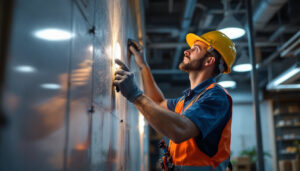
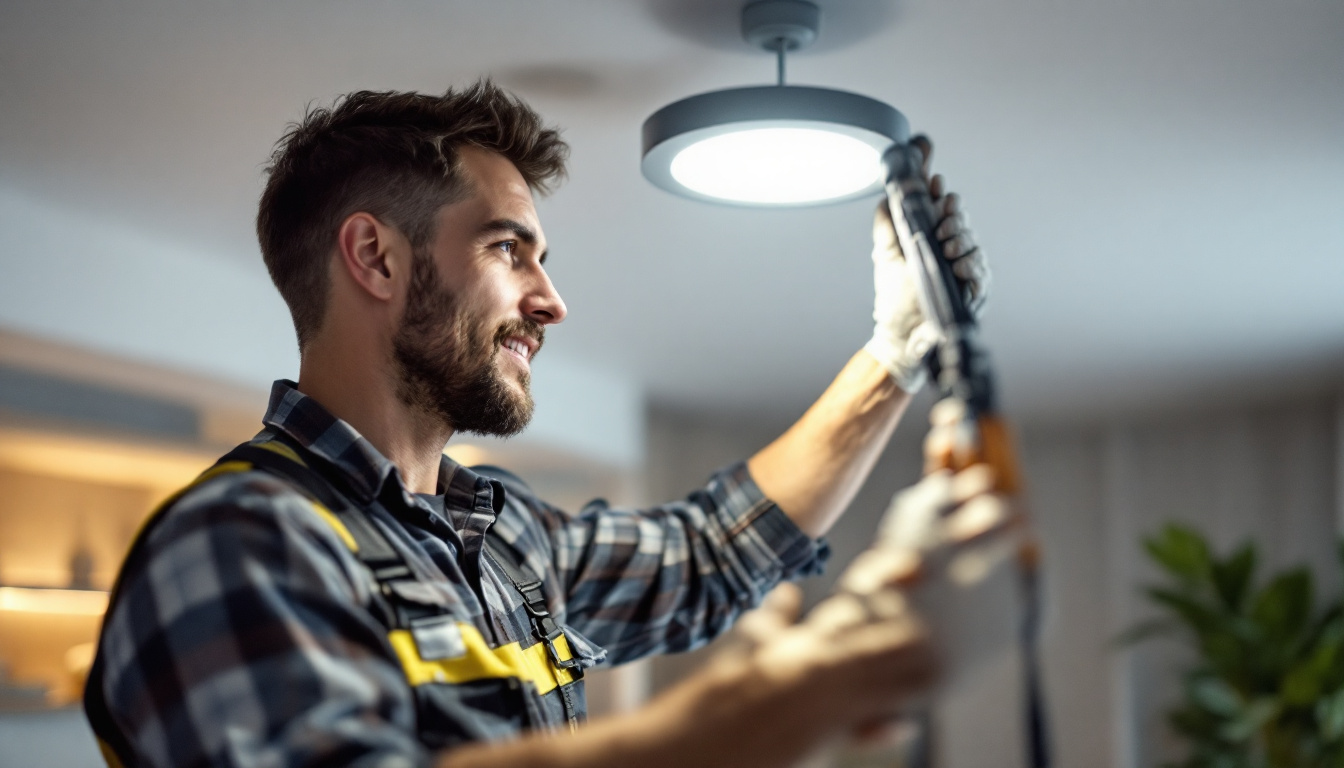
As the demand for energy-efficient lighting solutions continues to rise, recessed lighting LED retrofit kits have emerged as a popular choice for contractors and homeowners alike. Understanding the fundamentals of these kits is crucial for contractors aiming to upgrade existing installations or embark on new projects. This article will explore the nuances of LED retrofit kits, their benefits, installation considerations, and practical tips for lighting contractors.
Recessed lighting LED retrofit kits provide an innovative solution to upgrade traditional recessed lighting fixtures. These kits typically include all the necessary components to convert an existing housing—usually designed for incandescent or fluorescent bulbs—into an LED-compatible unit. The advantage lies not simply in the ease of installation but also in the significant energy savings and improved lighting quality that LEDs deliver.
One of the primary motivations for using LED retrofit kits is their energy efficiency. LEDs consume considerably less power than traditional incandescent or fluorescent bulbs, resulting in reduced electricity bills for homeowners. Additionally, LEDs have a longer lifespan, which translates into fewer replacements and lower maintenance costs over time. This longevity is particularly beneficial in commercial settings where lighting is on for extended periods, further amplifying the cost-effectiveness of the upgrade.
Moreover, LED retrofit kits often come with various color temperature options, allowing contractors to offer clients customized lighting solutions that enhance the aesthetic appeal of their spaces. This flexibility can cater to diverse preferences, whether the client desires a warm ambiance or a cooler, more vibrant atmosphere. Furthermore, the ability to adjust color temperatures can significantly influence mood and productivity, making it an essential consideration for spaces like offices, schools, or retail environments.
Typically, LED retrofit kits comprise several key components: the LED module, a trim, and sometimes a driver that regulates power to the light. The LED module replaces the traditional bulb, while the trim is the visible part of the fixture that can be customized to match the decor of the space. Some kits even offer smart technology integration, allowing users to control lighting via mobile apps or voice commands, adding a layer of convenience and modernity to the installation.
In many cases, the installation process is straightforward, allowing contractors to complete upgrades efficiently. Most kits follow a standard design that fits various housing types, which simplifies inventory management for contractors. However, understanding the specific requirements of each kit is essential for ensuring compatibility with existing fixtures. Additionally, many manufacturers provide detailed installation guides and customer support, which can further ease the process and ensure that the end result meets the highest standards of quality and safety.
While energy efficiency is a significant advantage, there are other benefits contractors should be aware of when considering recessed lighting LED retrofit kits. Enhanced lighting quality is one such benefit. Many LED retrofits improve color rendering, which enhances the appearance of colors in the environment. This improved color accuracy can be particularly advantageous in settings such as art galleries or retail stores, where the display of products in their true colors can influence purchasing decisions.
Additionally, LED lights offer increased durability. Unlike incandescent bulbs, which are fragile, LEDs are built to withstand impacts and vibrations, making them perfect for a variety of settings, including high-traffic areas. This resilience reduces the potential for accidental breakage during installation or use, which could lead to additional costs for contractors. Furthermore, the low heat output of LEDs minimizes the risk of overheating, making them safer for use in enclosed spaces and reducing the likelihood of fire hazards. This combination of durability and safety makes LED retrofit kits a smart choice for both residential and commercial applications, ensuring peace of mind for contractors and clients alike.
When it comes to installing LED retrofit kits, there are several factors contractors must consider to ensure a smooth installation process and satisfactory outcomes for clients. First and foremost, it’s essential to assess the condition of the existing housing and fixture components. Any signs of damage or wear could affect the performance of the retrofit kit. For instance, if the housing is corroded or the existing wiring is frayed, it may not only compromise the installation but could also pose safety risks. A thorough inspection can help identify these issues early, allowing contractors to address them before proceeding with the retrofit.
Another critical factor is the electrical compatibility of the existing wiring. While many kits offer compatibility with standard electrical configurations, some may require specific voltage or wattage considerations. Ensuring that the retrofit can operate safely within the existing setup not only guarantees performance but also compliance with local electrical codes. Additionally, understanding the load capacity of the circuit is crucial; overloading can lead to circuit failures or even fire hazards. Contractors should also consider the potential need for upgrading the circuit or installing dedicated circuits for high-wattage fixtures to ensure optimal performance.
Furthermore, contractors should familiarize themselves with the local building codes and regulations related to light fixtures. Adhering to these guidelines is essential for avoiding penalties and ensuring the safety of the installation. This includes understanding any energy efficiency mandates that may be in place, as many municipalities are increasingly adopting stricter standards to promote sustainability. Staying informed about these regulations not only ensures compliance but can also enhance the contractor’s reputation as a knowledgeable professional in the field.
To achieve the best results with LED retrofit kits, contractors should adopt certain techniques during the installation process. First, ensuring precise alignment is crucial. Properly aligning the trim with the housing not only enhances the aesthetics but also helps improve light distribution throughout the room. Misalignment can lead to uneven lighting, creating dark spots or overly bright areas that detract from the overall ambiance. Contractors should take the time to measure and adjust as necessary to achieve a polished final look.
Additionally, using the right tools can make a significant difference. While many retrofit kits come with all the necessary components, having good quality tools on hand can make installation more efficient and reduce the likelihood of errors. Consider investing in tools like wire strippers, screwdrivers, and voltage testers to expedite the process. Beyond basic tools, having specialized equipment such as laser levels or angle finders can also ensure that installations are not only functional but visually appealing. These tools can help contractors achieve a professional finish that clients will appreciate.
Following installation, lighting contractors should emphasize the importance of educating clients about the new system. Providing clear instructions on how to operate and care for the LED fixtures can significantly enhance client satisfaction. Furthermore, explaining the potential energy savings and longer lifespan of the LEDs can reassure customers that they made the right investment. It’s also beneficial to highlight the environmental advantages of switching to LED technology, as many clients are increasingly conscious of their carbon footprint and the impact of their choices on the planet.
It can also be beneficial to conduct a follow-up visit. This not only demonstrates professionalism but allows for any adjustments that may be needed based on client feedback or changes in their lighting needs. During this visit, contractors can assess the performance of the installed fixtures, ensuring they meet the client’s expectations. Additionally, this is an excellent opportunity to discuss any future projects or upgrades the client may be considering, fostering a long-term relationship and positioning the contractor as a trusted advisor for their lighting needs.
As the landscape of lighting continues to evolve, recessed lighting LED retrofit kits stand out as a viable option for lighting contractors looking to enhance their offerings. With their energy efficiency, flexibility, and ease of installation, these kits present both practical and aesthetic benefits that cater to the demands of modern clients.
By staying informed about the latest developments in LED technology and installation techniques, lighting contractors can position themselves as knowledgeable professionals in the industry. Embracing LED retrofit kits not only meets client needs but also supports the broader goal of promoting sustainable and energy-efficient lighting solutions.
Ready to upgrade your lighting projects with the best in LED technology? Look no further than LumenWholesale for all your recessed lighting LED retrofit kit needs. Our spec-grade lighting products are designed to meet the highest industry standards, ensuring that you deliver reliable and high-performance lighting solutions to your clients. With unbeatable wholesale prices and the convenience of free shipping on bulk orders, you can trust LumenWholesale to provide premium lighting without the premium price tag. Don’t let middleman markups dim your project’s potential. Choose LumenWholesale for Wholesale Lighting at the Best Value and illuminate your success today.
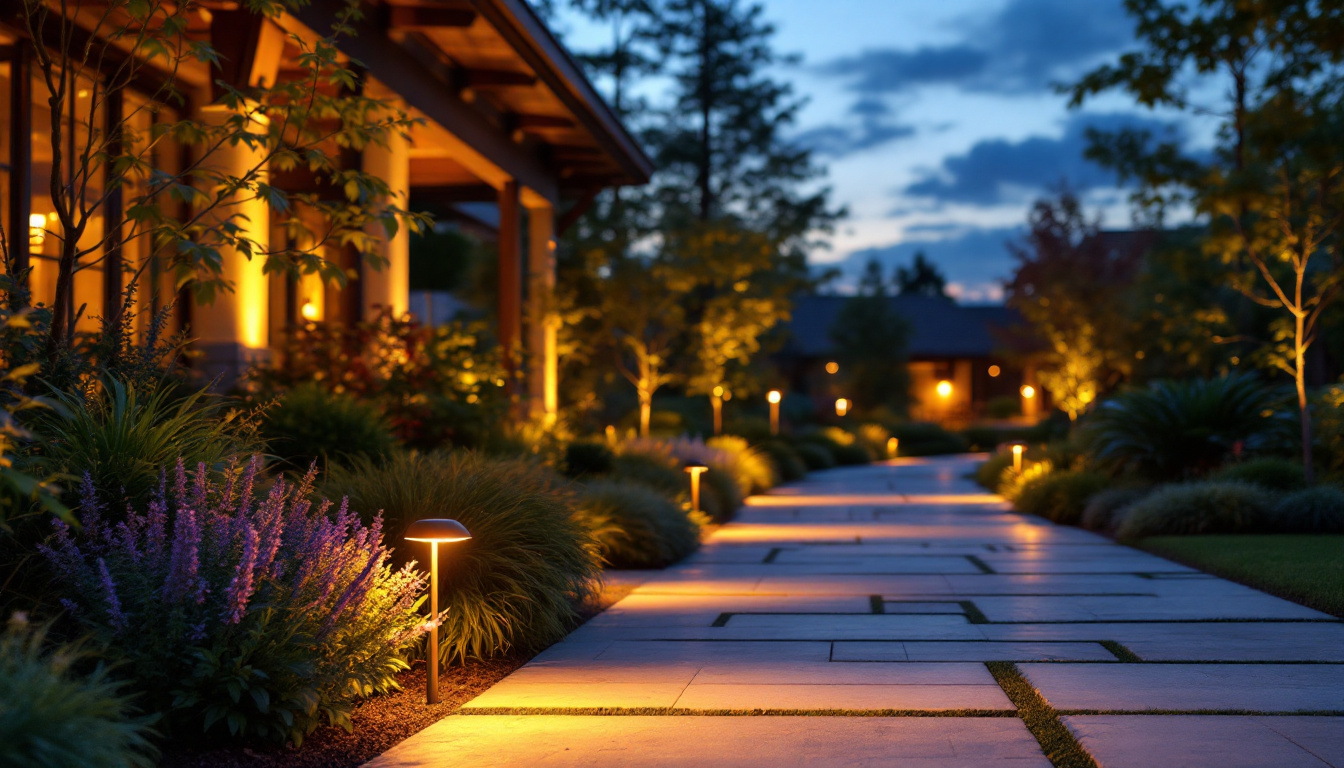
Discover the top strategies lighting contractors use to optimize outdoor spaces with motion sensor LED lights.

Discover the transformative power of LED solar lighting for outdoor projects.
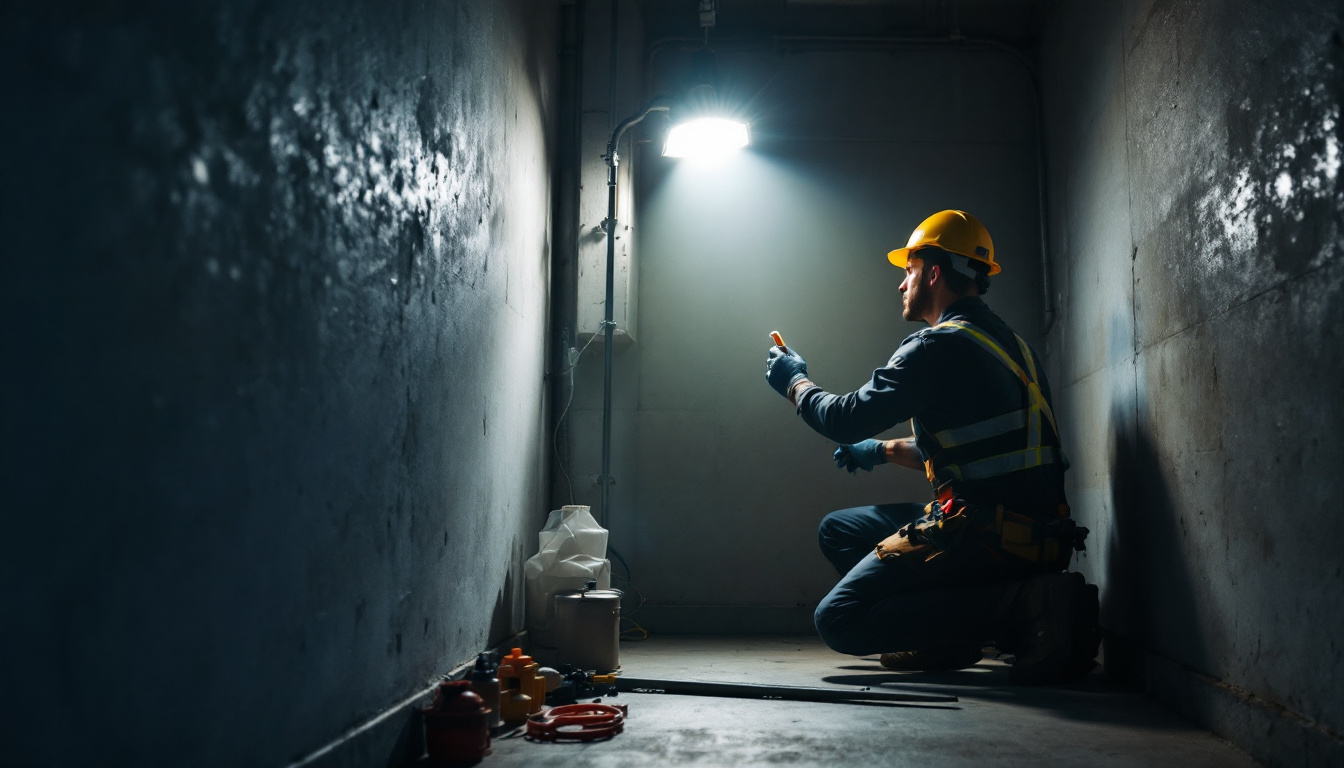
Discover essential tips for lighting contractors to avoid common pitfalls when using LED work lights.
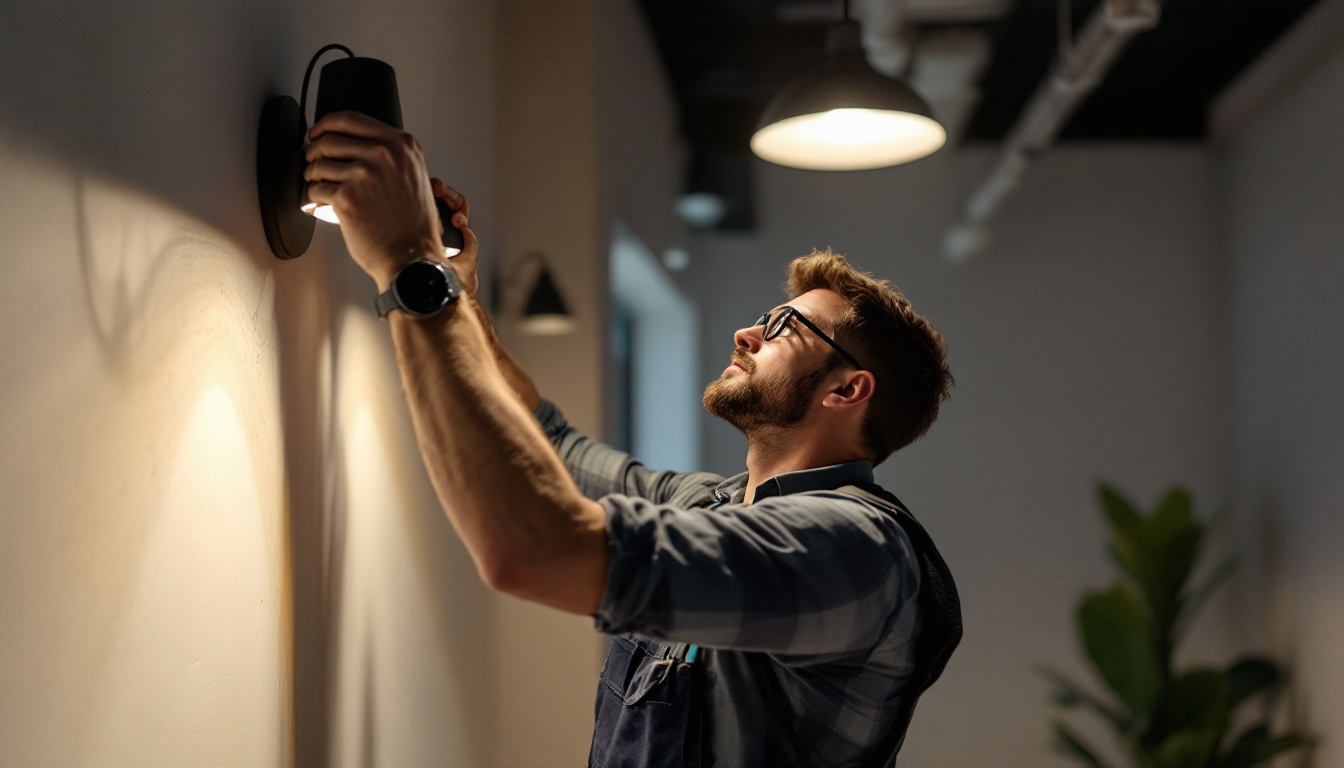
Discover why lighting contractors should prioritize light molding in their projects.
Get notified when NEW deals are released.
Optimize your budget with wholesale discounts.
Only top-quality, specification-grade lighting products.
No additional costs at checkout - what you see is what you pay.
We understand the unique needs of contractors.